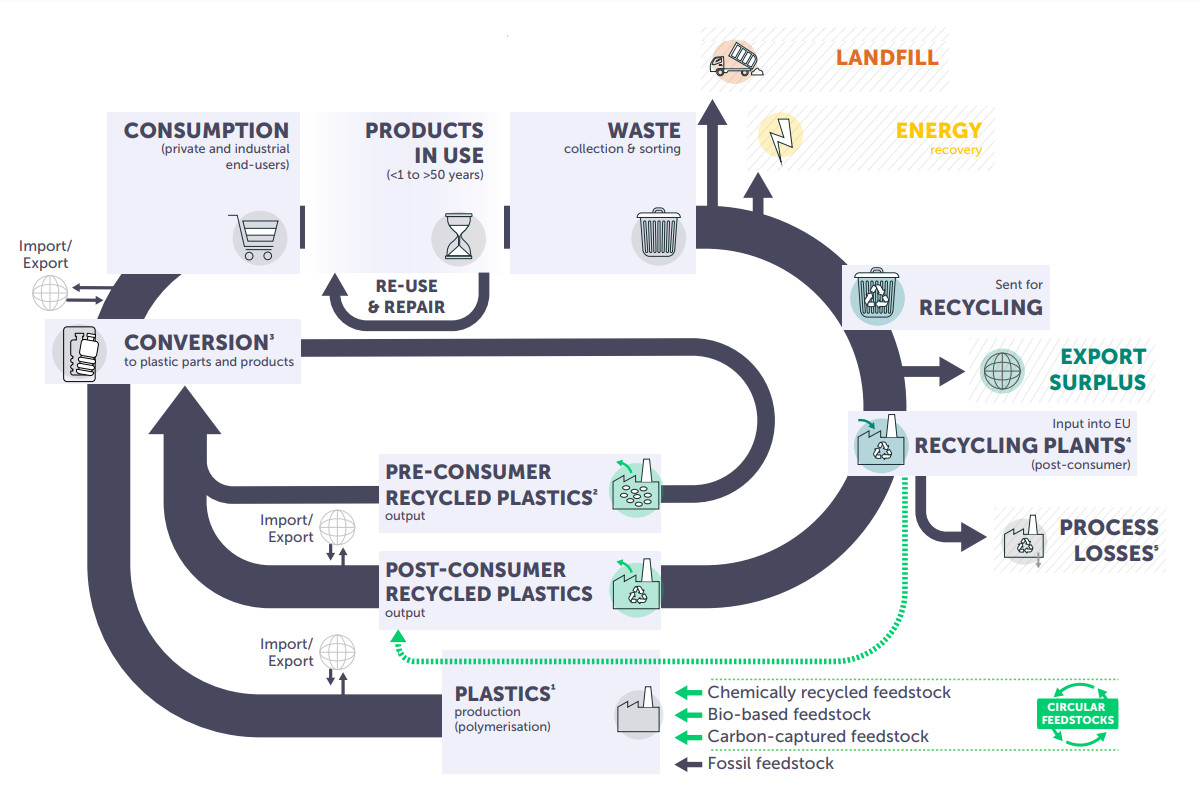Automatic mechanism
Several customers recently asked us for clarification on the automatic mechanism for office chairs.
So let’s see what is this type of mech and why it is so peculiar …
In our previous contribution Mechanisms for office chairs we already talked about this important component for office chairs, the mechanism, considered the “heart” of the chair, and we have seen the main characteristics and types that the market offers.
The automatic is a synchronized mechanism, a synchro.
When we swing on an office chair equipped with synchro, each degree of inclination of the seat corresponds to approximately 2.5 degrees of inclination of the backrest. The mechanism takes care of “synchronizing” the seat inclination with that of the backrest, and this makes rocking on our office chair comfortable and relaxing.
If the mechanism was not synchronized during the swing we would feel an unpleasant friction on our back.
So the automatic mechanism is definitively a synchro, but there’s another main feature that makes it peculiar.
In fact, the automatic has one knob less than traditional synchro mechanisms.
Let’s see why.
When a user rocks on his office chair, the synchro mechanism follows him in the movement with a fluidity that is adjustable.
Normally there is a knob, which is called tensioner, which enable the user to adjust the TENSION of the mechanism making the movement more or less fluid.
Depending on the type of regulation we can distinguish between:

– automatic mechanisms:
they do not have a tensioner knob: the mechanism automatically adjusts its response based on the user’s weight.
It is an intuitive and simple mechanism in which, however, the response of the mechanism cannot be changed. These mechanisms are also called “self-weight” or “weight-activated”.
The ME31 and ME32 (without and with seat slider respectively) belong to this category.
– central tension mechanisms:
the tensioner is in the central position, and it’s normally the largest knob in the mechanism.
By turning this knob you can make the mechanism response more or less intense, and so rocking can be softer or harder.
The ME05/ME06 or 359/Z fall into this category.
– side tension mechanisms:
the tensioner is in a lateral position, i.e. the relative knob is accessible on one side of the mechanism and the user can operate it more easily. In fact, in the central tension mechanisms the adjustment operation is not very simple, to adjust the tension the user has to bend forward assuming a rather uncomfortable position.
With the side tensioner, on the other hand, the user can adjust the tension while remaining comfortably seated.
In this category we can make a further distinction.
Some side tension mechanisms have a very fine adjustment and turning the knob gives the impression that the mechanism behaviour does not change so much.
In the more advanced mechanisms, however, the lateral tensioner can offer few “clicks” (usually 4 or 5) with which the tension is adjusted from very light to very rigid.
This behavior is defined in various ways such as “quick adjustment” or “quick shift” and is in fact a prerogative of the most modern and high-end mechanisms, such as the ME51 and ME52 (respectively without and with integrated seat slider).
Returning to the main topic, we can conclude by observing that automatic mechanisms offer one less knob and therefore are simpler and more intuitive to use, but on the other hand they do not allow “fine” adjustment of the mechanism tension.
In fact we had already talked about these mechanisms in our previous article: self-weight or automatic are two synonyms that indicate the same type of mechanism.





